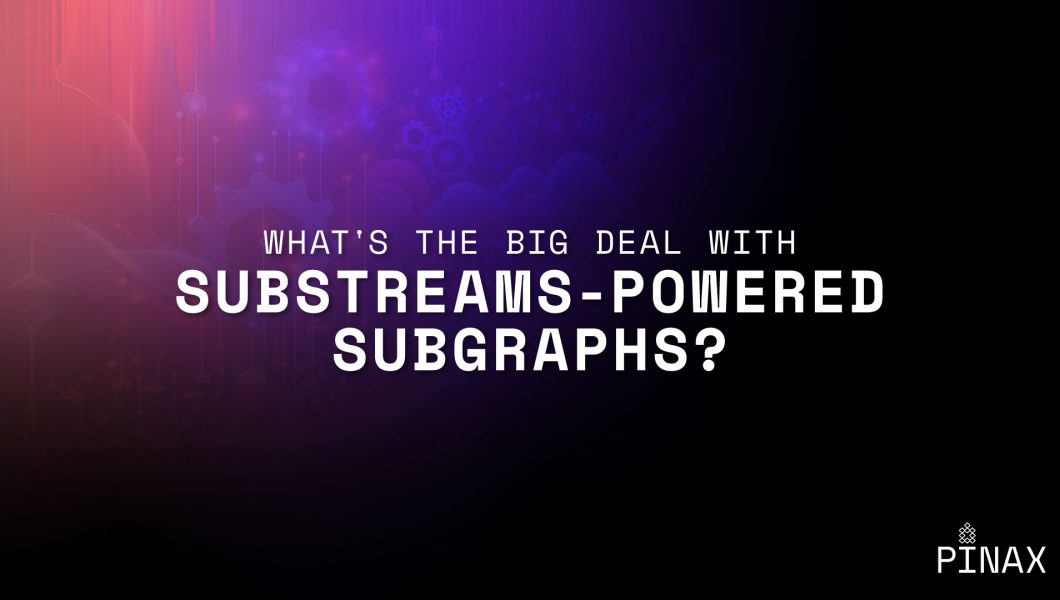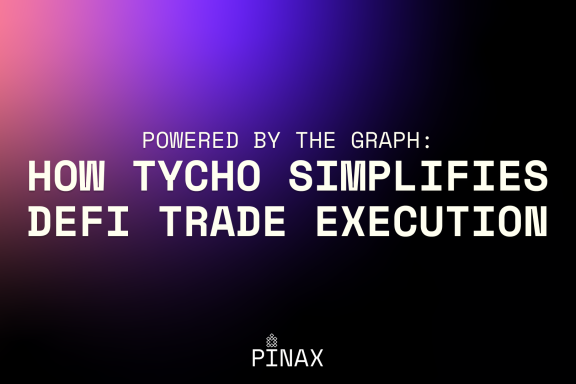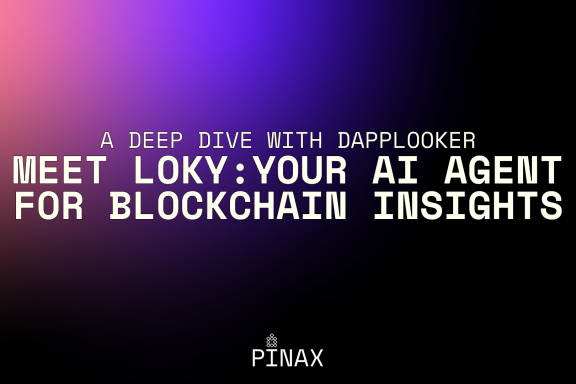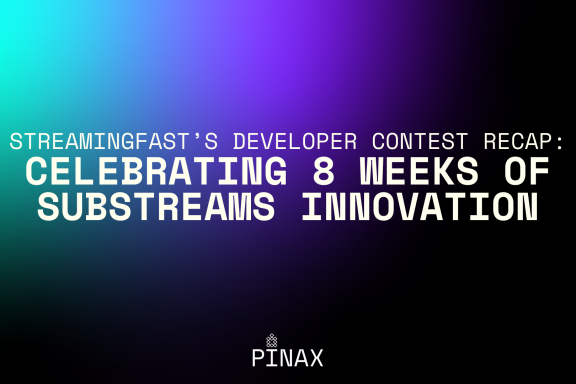TL;DR: Substreams-powered subgraphs offer a revolutionary leap in blockchain data indexing, enabling faster, scalable, and more efficient development of decentralized applications.
Blockchain data indexing is faster and more scalable with Substreams-powered subgraphs. This revolutionary technology helps developers create decentralized apps with greater efficiency.
In this post, which covers a recent Builders Office Hour, you’ll discover what happens when we add the power of Substreams to a subgraph.
Unlock the power of Substreams for efficient data management
In blockchain technology, staying ahead with efficient data indexing and management tools is crucial. The Graph’s recent Builders Office Hours session introduced an innovative approach: Substreams-powered subgraphs. This approach not only simplifies data indexing but also marks a significant leap in how developers interact with blockchain data.
What’s the main difference from a regular subgraph?
Substreams-powered subgraphs differ from traditional subgraphs by having a single data source that references a Substreams package. This results in more granular on-chain data access and benefits from parallelized processing for significantly faster processing times.
Understanding the shift to Substreams-powered subgraphs
Substreams offers a new frontier in handling blockchain data by providing a structured, efficient way to process and index information. Unlike traditional methods, Substreams allows for real-time data streaming, enabling developers to build more dynamic, responsive applications.
The technical how-to: simplifying with Substreams
During the session, Thomas from BuildersDAO shows how to create and deploy a Substreams-powered subgraph, starting from scratch. The demonstration uses the substreams init command to generate a Substreams template by feeding a contract address. This automatically creates a project structure, including essential files and a schema for data indexing.
Key steps:
- Initial setup: Using the substreams init command to generate a base structure. [Video ⏱️ 2:12 ]
- Customization and data manipulation: Tweaking the generated modules to tailor the data processing as per specific requirements. [Video ⏱️ 2:55 ]
- Deployment: Leveraging the Graph CLI to deploy the subgraph, demonstrating the seamless integration between Substreams and The Graph’s indexing protocol. [Video ⏱️ 16:30]
If you’re interested in more details, please watch the full demo in the video above.
The advantages: speed and scalability
The transition from traditional subgraphs to Substreams-powered ones offers remarkable benefits:
- Enhanced indexing speed: Processing and indexing speed of blockchain data see a drastic improvement for a more efficient development workflow.
- Scalability: Substreams handles data in a streaming fashion, significantly reducing the load on resources and enabling applications to scale more gracefully.
For developers, by developers: embracing the learning curve
Transitioning to Substreams-powered subgraphs introduces a learning curve, particularly around data entity manipulation. Unlike traditional subgraphs, Substreams requires a manual approach to manage entity states and updates. However, this challenge opens the door to a more profound understanding of data flows and manipulation, empowering developers to build more robust, efficient applications.
A call to innovation
The introduction of Substreams-powered subgraphs is a pivotal shift in blockchain data indexing. By embracing this technology, developers can unlock new potential in application performance and user experience.
As we continue to explore the capabilities of Substreams, the future of decentralized applications looks promising, guided by efficiency, scalability, and innovation.
To continue learning about Substreams, check out:
- Pinax’s Awesome Substreams repo
- StreamingFast’s Substreams Registry
- The Graph’s Substreams-powered subgraphs FAQ
For a beginner’s introduction, please read Pinax’s article, Substreams 101: A Novice’s Introduction.
💡 This article answers questions like:
- What are the benefits of using Substreams?
- What is a Substreams-powered subgraph?
- How do you build a Substreams-powered subgraph?
- What's the difference between a regular subgraph and a Substreams-powered subgraph?








Great piece, PaulieB!
Thanks @kevin. I am excited to see the future of Substreams and The Graph. It’s hard to keep up w/ all the innovation!